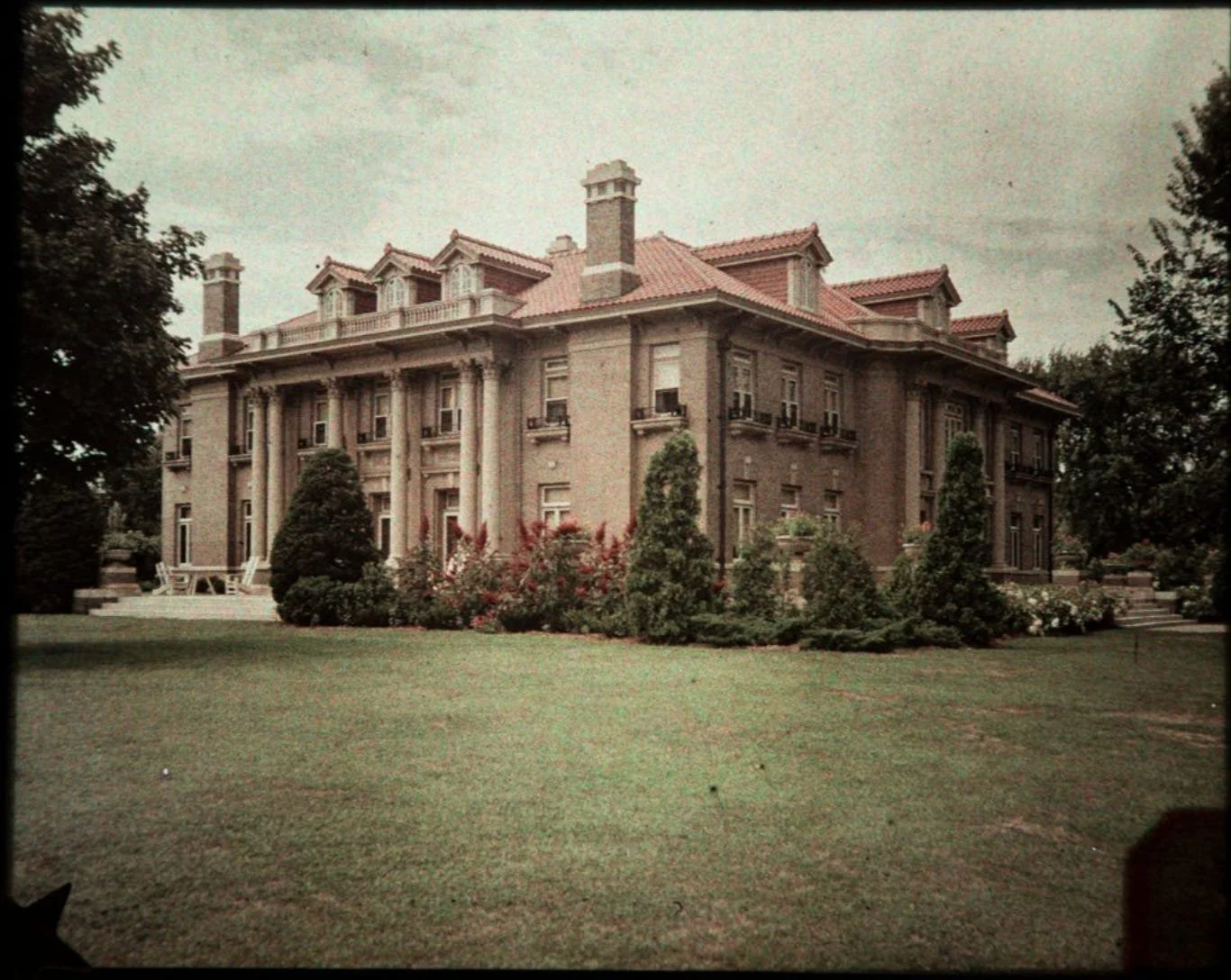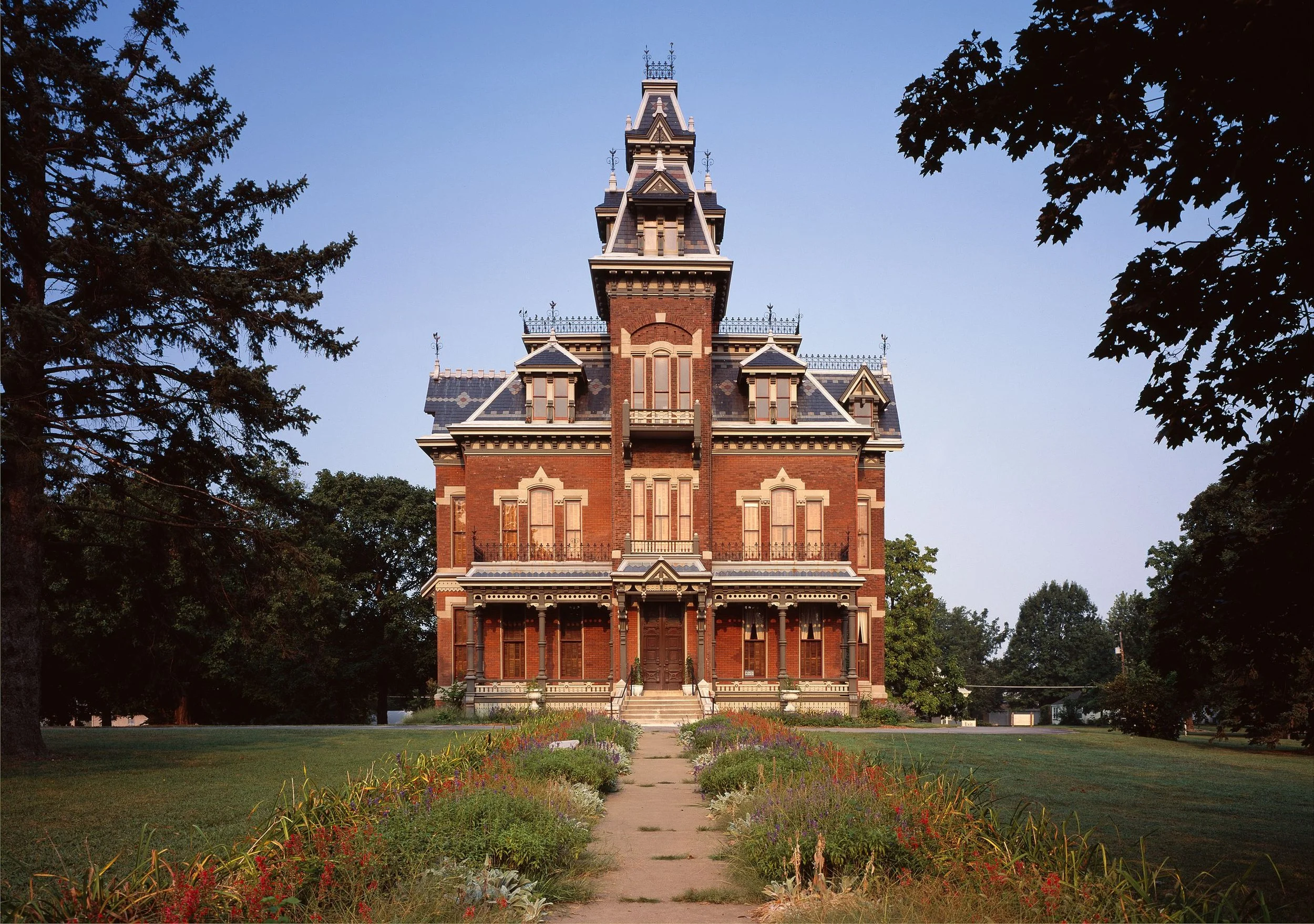The Story of Sliced Bread’s Invention in Chillicothe
The Story of Sliced Bread’s Invention in ChillicotheIf you were forwarded this email, click here to subscribe (it's free!) Read this story online | Sponsor this newsletter | Shop 📸 In the world of everyday innovations, few have had the staying power, or cultural impact, of sliced bread. And it all began in the small town of Chillicothe, Missouri, about an hour and a half northeast of downtown Kansas City. Here's the story!
On July 7, 1928, the Chillicothe Baking Company became the first bakery in the world to sell pre-sliced loaves of bread to the public. The machine behind this transformation was the invention of Otto Frederick Rohwedder, a jeweler-turned-inventor from Iowa. His bread-slicing machine had faced early setbacks, including the destruction of his original prototype and design plans in a factory fire in 1917. Despite the loss and his own declining health, Rohwedder rebuilt his invention and continued looking for a bakery willing to give it a try.
That opportunity came when Rohwedder partnered with Frank Bench, owner of the Chillicothe Baking Company. Bench’s bakery, located near the railroad depot at First and Elm Streets, was struggling at the time. Still, he agreed to test the new machine. Together, they placed an ad in the Chillicothe Constitution-Tribune announcing “the greatest forward step in the baking industry since bread was wrapped.” The following day, July 7, sliced Kleen Maid bread hit the shelves—and changed the industry forever. The response was immediate. Within two weeks, sales at Bench’s bakery soared by 2,000%. The concept of uniformly sliced, conveniently wrapped loaves quickly caught on, paving the way for commercial brands like Wonder Bread, which launched its own pre-sliced loaves just two years later in 1930.
Rohwedder’s invention also helped popularize the automatic pop-up toaster, and by the early 1940s, sliced bread had become a staple of American kitchens. So essential, in fact, that when the U.S. government briefly banned pre-sliced bread during World War II to conserve resources, public outcry was swift. The ban was lifted in less than two months.
Although neither Bench nor Rohwedder became wealthy from their innovation, their contribution reshaped how people prepared and consumed one of the world’s most basic foods. Bench’s bakery eventually closed during the Great Depression, and Rohwedder sold the rights to his invention. Still, their story was preserved thanks to a rediscovery decades later by local journalist Catherine Stortz Ripley, who stumbled upon a 1928 newspaper clipping while researching Chillicothe’s history.
Today, Chillicothe embraces its unique legacy with pride. The town celebrates Sliced Bread Day every summer, now an official holiday in Missouri, and the old bakery building has been transformed into the Sliced Bread Innovation Center. Visitors can also explore bread slicing exhibits at the Grand River Historical Society Museum and see one of Rohwedder’s original machines on display. What was once nearly forgotten is now commemorated as one of the most iconic food innovations in American history—and it all started in a small Missouri town with a big idea. This Week's Featured Historical LocationMain Street, looking north from Missouri Ave
This Week's Featured HomeEver wanted to live in a castle? Here's your chance. 3607 Pennsylvania Ave, Kansas City, MO 64111
Realtors: interested in sponsoring this section to 10K+ readers? Just email me at hello@kcyesterday.com! 🇺🇸 Happy Independence Day weekend, Reader! Here's a list of 17 places to celebrate the holiday, courtesy of our friends at KC Daily. ps... on this date: July 3, 1869 - the Hannibal Bridge opens and transforms Kansas City into a key gateway to the west |
Stories from the City - History of Kansas City
Join thousands of others and discover Kansas City's captivating history every week with the exclusive newsletter from KC Yesterday. Sign up now to unlock fascinating stories about the mafia, architecture, prohibition, sports, and everything in between!
The Story of the M.B. Nelson Mansion on Ward Parkway If you were forwarded this email, click here to subscribe (it's free!) Read this story online | Sponsor this newsletter | Shop 📸 Courtesy: Missouri Valley Special Collections, Kansas City Public Library, Kansas City, MO Built in 1915, the Mack B. Nelson House is a magnificent Kansas City residence designed by architect Henry F. Hoit. Known for its grand classical style and unique interior courtyard, the home reflects both the wealth and...
The Story of Vaile Mansion in Independence If you were forwarded this email, click here to subscribe (it's free!) Read this story online | Sponsor this newsletter | Shop 📸 Courtesy LOC/Carol Highsmith. The Vaile Mansion in Independence, MO is one of the most notable surviving examples of Second Empire architecture in the United States. Built in 1881 for Colonel Harvey Merrick Vaile and his wife, Sophia, the residence was designed by Kansas City architect Asa Beebe Cross and inspired by a...
The Story of Corinthian Hall If you were forwarded this email, click here to subscribe (it's free!) Read this story online | Sponsor this newsletter | Shop 📸 Perched high in the Scarritt Point neighborhood, Corinthian Hall is among Kansas City’s most architecturally and historically significant homes. Built in 1910 for lumber magnate Robert A. Long, the mansion was a statement of wealth, civic ambition, and refined taste. It was designed by architect Henry F. Hoit, who would go on to shape...







